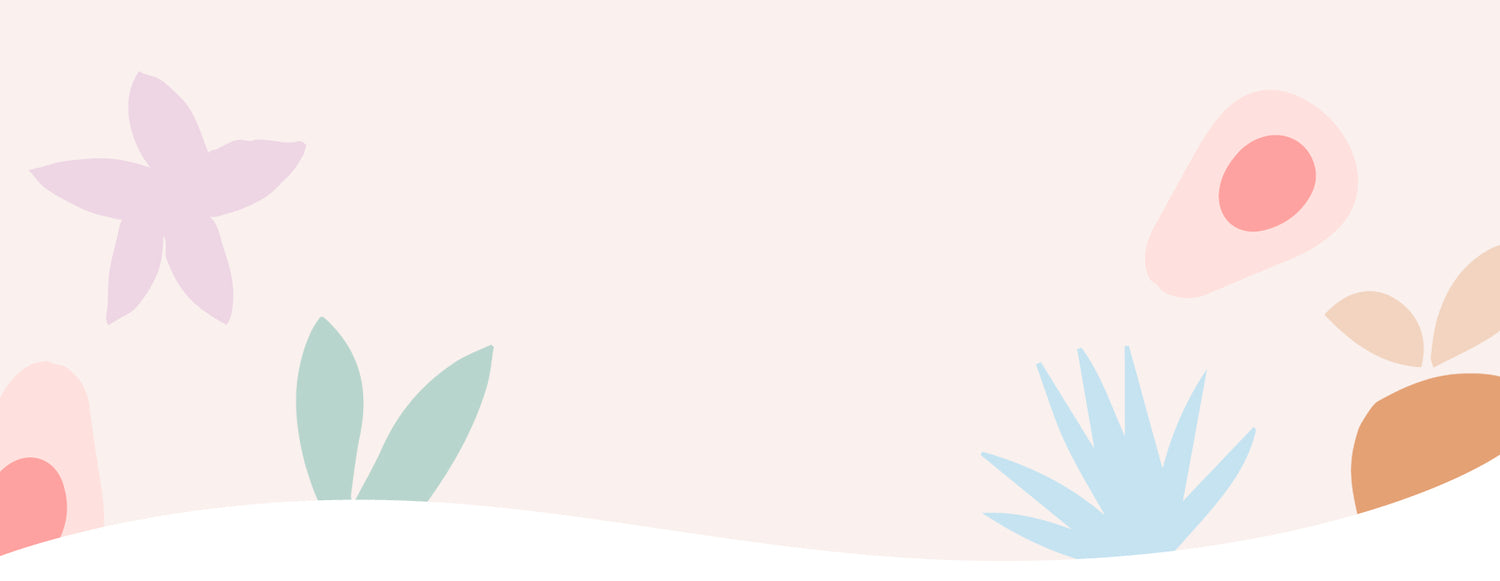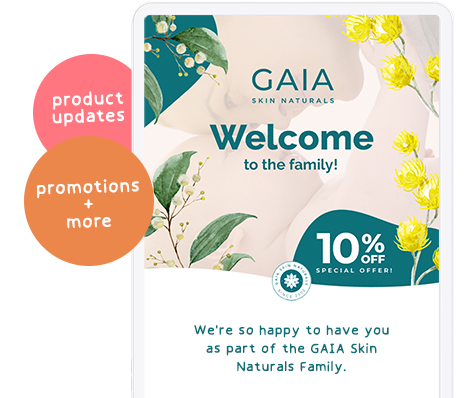Cradle cap is a condition where there is a build up of sebum (oil) and skin cells on a baby’s scalp. It’s very common in babies, especially in the first few months of life and can even be present up to the age of one. Left untreated though, it can continue into the toddler years.
Cradle cap is not harmful or contagious and doesn’t cause the baby any pain. It’s also not related to cleanliness or how a baby is cared for. But cradle cap can look and smell a bit unpleasant, especially if it is thick and continues to build up into larger crusts.
Cradle cap can appear on the scalp, in the eyebrows and behind the baby’s ears.
What is cradle cap?
Cradle cap is the name for the yellow, greasy patches which appear on the scalp of young babies. Because of the excess production of sebum, skin cells which would normally flake off stick to the baby’s scalp, causing a distinctive ‘scaly’ look.
Cradle cap tends to be more common in babies who produce a lot of oil from their sebaceous glands and whose skin may react to a component in the sebum, causing the skin to become inflamed. There is also a connection between cradle cap and the level of maternal hormones still circulating in a baby’s body after they are born.
Some babies develop a condition called seborrhoeic dermatitis on their body which is also due to excessive production of sebum by the sebaceous glands. With time and regular bathing, their skin tends to improve without any specific treatment.
How would I know if my baby has cradle cap?
Check your baby’s scalp - the most common place for cradle cap is over the anterior fontanelle or ‘soft spot’. This is because of the presence of oil glands in this region and parents often being reluctant to wash their baby’s head around this area for fear of harming them.
How do I treat my baby’s cradle cap?
If there is a build up on your baby’s scalp, soften the crusts first before washing their hair and scalp.
- Use an oil or gentle lotion specifically for cradle cap to help soften the crusts.
- Leave on overnight, or for as long as recommended.
- In the morning, bath your baby and pay particular attention to massaging and washing their hair and scalp. Use a baby wash and/or shampoo.
- Use a soft baby hairbrush or comb to gently lift the softened crusts. Some cradle cap products might come with a built-in brush tip to gently help lift out any flakes.
- Dry your baby’s scalp carefully with a soft bath towel and brush their hair and scalp. Brushing backwards can help to lift the scales once they’re soft.
- Reapply the oil or lotion to soften the crusts and wash off as above.
Will cradle cap hurt my baby?
No, there is no evidence that cradle cap harms a baby or causes any complications. But just as we feel better after washing our hair and scalp, babies tend to as well. Wash your baby’s head and scalp a few times a week and ask for help if you’re feeling nervous.
Sometimes the skin underneath the cradle cap can become red and inflamed because of a bacterial infection. Speak with your Child Health Nurse, Pharmacist and/or GP who will give your guidance and support.
Learn more about the GAIA Cradle Cap Lotion
Written for GAIA by Jane Barry, Midwife and Child Health Nurse, April 2022.



